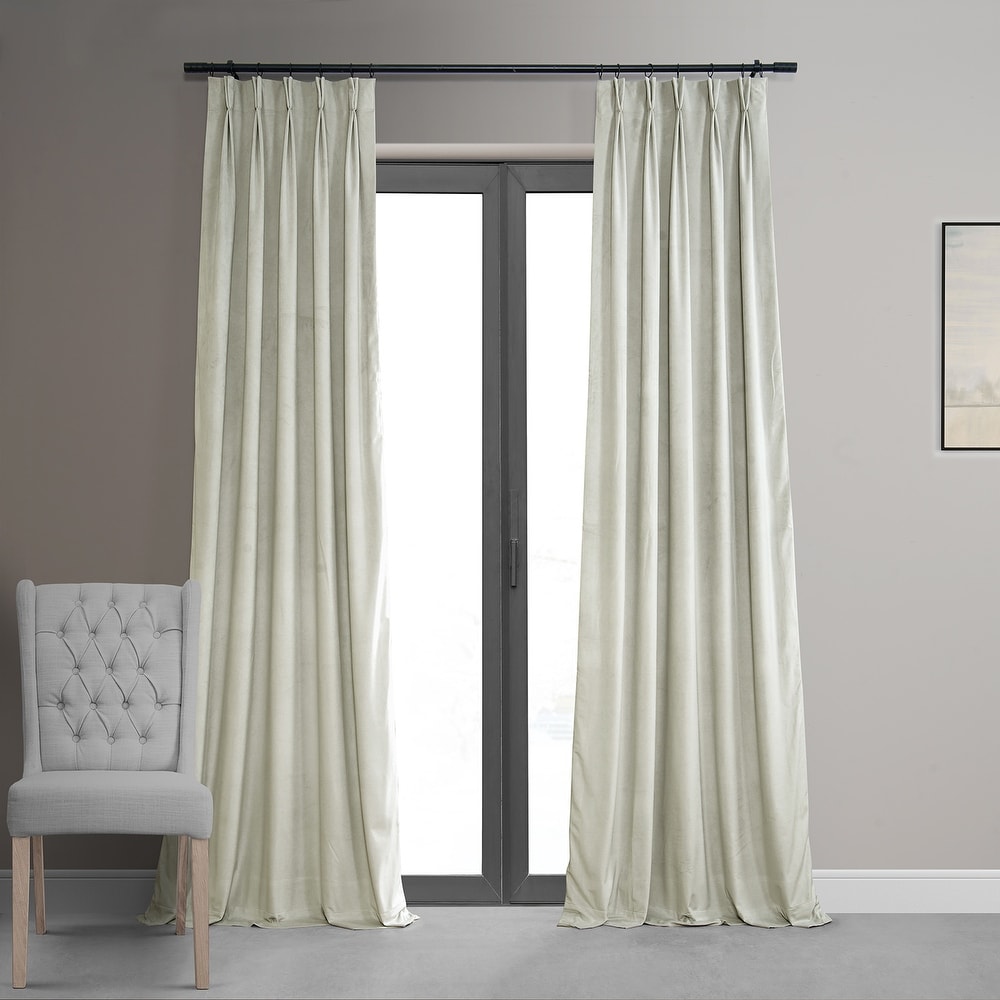Pleated curtains bring a touch of tailored elegance to any window. Crisp uniform folds soften the transition between wall and glass, framing your view in classic style. While pleated curtains may seem the province of professionals, creating neat tailored pleats is well within the skill of any DIYer.
With a few basic tools and the right technique, you’ll be stitching, taping or clipping custom pleated curtains in no time. Choose fabrics with the perfect drape, discover how much fullness your window requires, and try different ways of arranging your pleated panels for maximum visual impact.
This guide provides three simple methods for crafting professional-looking pleated curtains – no previous sewing experience required! Stitch, tape or clip your way to windows dressed in sophisticated yet effortless style. Pleated curtains make a subtle luxurious statement in any room. Open the drapes on your inner interior decorator and give pleating a try – the results will inspire even the most drapery-shy among us.
Sewing
Sewing is the most traditional and reliable method to pleat curtains. It involves using a needle and a thread to stitch the folds or pleats of your curtain panel. It requires some basic sewing skills and tools, such as scissors, pins, measuring tape, iron, and sewing machine.
Some of the benefits of sewing are:
- It is durable and secure.
- It is customizable and precise.
- It is suitable for any curtain type and size.
- It can create a professional and refined look for your window.
Some of the drawbacks of sewing are:
- It can be time-consuming and labor-intensive.
- It can be difficult and complicated.
- It can be irreversible and permanent.
Here are the steps to pleat curtains by sewing:
- Measure and mark where you want to place the pleats on your curtain panel. Make sure they are evenly spaced and have the same size.
- Fold the fabric along the marks and pin them in place. Press them with an iron to create crisp creases.
- Stitch along the top edge of the curtain panel to secure the pleats. You can use a straight stitch or a zigzag stitch depending on your preference.
- Repeat the same steps for the other curtain panel.
- Hang your curtains on a rod using hooks, rings, or clips. Make sure they are evenly spaced and have enough slack.

Using Tape
Using tape is another simple and convenient method to pleat curtains. It involves using a special tape that has loops or pockets along the back that can hold the folds or pleats of your curtain panel. It requires some basic tools, such as scissors, pins, measuring tape, iron, and glue or staples.
Some of the benefits of using tape are:
- It is easy to install and remove.
- It is affordable and versatile.
- It is suitable for any curtain type and size.
- It can create a neat and tidy look for your window.
Some of the drawbacks of using tape are:
- It can be weak and flimsy.
- It can be visible and unsightly.
- It can limit the movement or flexibility of your curtains.
Here are some steps to pleat curtains by using tape:
- Measure and cut a piece of tape that matches the width of your curtain panel. Leave some extra tape for adjustment.
- Attach the tape to the back of your curtain panel along the top edge using glue or staples. Make sure it is secure and stable.
- Insert hooks, rings, or clips into the loops or pockets of the tape according to your desired pleat type and size. You can use one hook per loop for a pinch pleat, two hooks per loop for a box pleat, three hooks per loop for a pencil pleat, or four hooks per loop for a goblet pleat.
- Repeat the same steps for the other curtain panel.
- Hang your curtains on a rod using hooks, rings, or clips. Make sure they are evenly spaced and have enough slack.

Using Clips
Using clips is another creative and fun method to pleat curtains. They are small metal clips that attach to the top edge of your curtain panel and have a ring or a hook at the other end. You can use them to create folds or pleats on your curtain panel by clipping them at regular intervals.
Some of the benefits of using clips are:
- They are easy to install and remove.
- They are inexpensive and versatile.
- They are suitable for any curtain type and size.
- They can create a playful and whimsical look for your window.
Some of the drawbacks of using clips are:
- They can be weak and flimsy.
- They can damage or tear your fabric if not clipped carefully.
- They can restrict the movement or flexibility of your curtains.
Here are some steps to pleat curtains by using clips:
- Measure and mark where you want to place the clips on your curtain panel. Make sure they are evenly spaced and have the same size.
- Clip your curtain panel at regular intervals along the top edge with several clips. Make sure they are secure and stable.
- Hook each clip onto another ring or loop on your curtain rod, creating a scalloped effect. You can vary the number and the spacing of the clips as you like.
- Repeat the same steps for the other curtain panel.
- Hang your curtains on a rod using hooks, rings, or clips. Make sure they are evenly spaced and have enough slack.

Tips and Tricks
Here are some tips and tricks to choose the best curtains for pleating and to style them in various ways:
- Choose curtains that have enough width and length for pleating. For example, you can use curtains that are two or three times wider than your window width, or curtains that are floor-length or longer than your window height.
- Choose curtains that have a suitable fabric and weight for pleating. For example, you can use curtains that are made of cotton, linen, or polyester, or curtains that are medium-weight or heavy-weight.
- Choose curtains that have a compatible color, pattern, texture, and style for pleating. For example, you can use curtains that have a solid or plain color, a small or simple pattern, a smooth or crisp texture, or a classic or elegant style.
- Experiment with different ways to arrange your pleated curtains. For example, you can tie back one or both sides of your curtains with tiebacks, hooks, or ribbons. You can also pull up one or both sides of your curtains with cords, clips, or pins.
Dale is the colorful mind behind HuetifulHomes.com, where he shows you how to create a home that is as fun and fabulous as you are. He has a passion for color and a knack for DIY, with years of interior design experience he shares his tips and tricks on how to create a home that reflects your personality and style. He believes that color is the key to happiness, and he wants to help you make your home more Huetiful.




